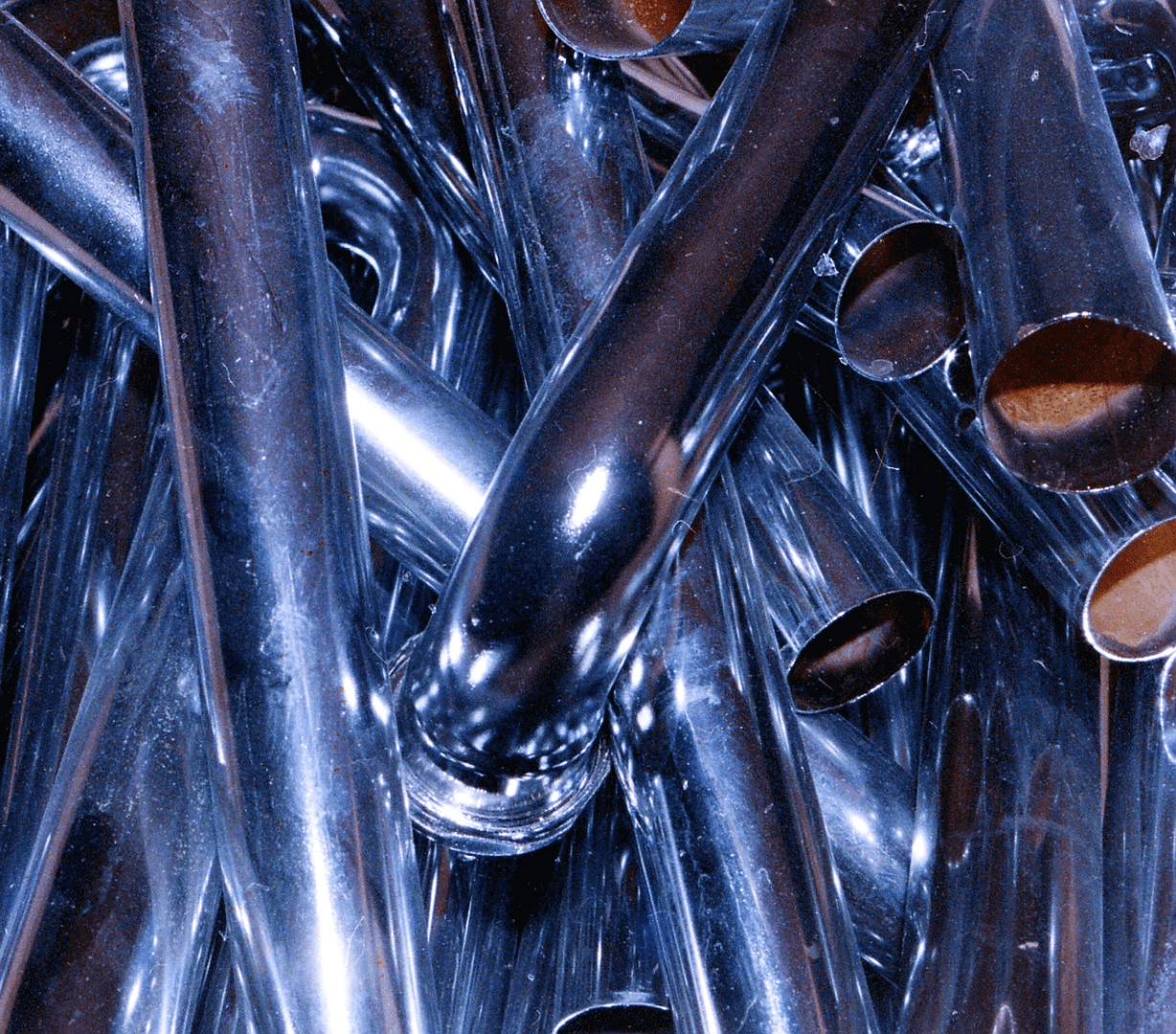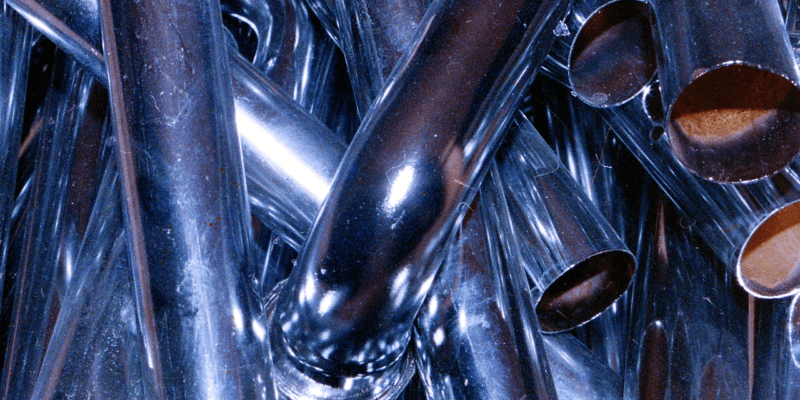
Stainless steel tubings are strong, durable, and used for various structural purposes. Their corrosion resistance and little need for maintenance make them a suitable choice for use in many industries. However, when selecting the right grade of stainless steel tubing, one should consider certain important things so that the tubing perfectly suits the purpose. So you have reached the right place if you are confused about which grade stainless steel tubes to buy. This post will help you select between the various grades, whether a 304 tube or a 316-metric stainless steel tube.
Right Metal for the Operating Environment
To determine which steel grade will perform best in a specific environment, you need to analyze the conditions the final product will experience. High stress, temperatures, low pH, and crevice corrosion harm stainless steel performance. However, like 304 and 316 metric stainless steel tubes, steels in the austenitic grades can retain their hardness, strength, and corrosion-resistant qualities over a wide range of temperatures.
Ductility, Toughness, and Strength
Strength is the force the material can endure before it deforms or fractures, and ductility is its capacity to change shape, like being drawn into a wire or thread, without breaking or losing its strength. Toughness is the ability to sustain deformation and absorb energy before it fractures. All three factors play a crucial role in selecting the right stainless steel grade for any purpose.
Process and Form
Austenitic stainless steel is usually available as wires, bars, pipes, tubes, sheets, and plates. But most of these products require extra machining or forming before application use.
Customer Preferences
Stainless steel has an aesthetically pleasing look, whether on a matt surface or a polished one. Some grades even have an electro-polished bright finish, a light-absorbing black oxide coating, and a dull pickled finish. These stainless steel tubings can withstand any of these treatments.
Material Cost and Availability
Although austenitic stainless steel tubings are expensive, they are worth the investment. Since they are corrosion-resistant, they are well-suited for applications that require lower downtime, maintenance, and replacement costs.
Before buying stainless steel tubes, it is extremely important to determine and define the purpose of the particular project. If you are not looking for an enhanced resistance like 316, you can go for standard 304 grades that can provide equivalent performance and durability at a lower price. But if your project requires extra resistance, a 316 grade is what you should look for. You can also maximize the physical as well as financial advantages of your investment by matching the right grade to your intended use and environment. 316 stainless steel grade has emerged as an excellent option for use in areas with stringent hygiene and cleaning requirements. The higher-resistance stainless steel tubings allow you to clean them more often with strong cleansers without causing any damage to the material or altering its look.
Final Thoughts
So if you want to pick the best-grade stainless steel tubings, make sure you contact a supplier with knowledge and experience who can help maximize the value, performance, and reliability of your tubings. If you choose the right one, it can even last you a lifetime.
Featured Image Source : https://cdn.pixabay.com/photo/2014/05/10/04/11/pipes-341124_1280.jpg

